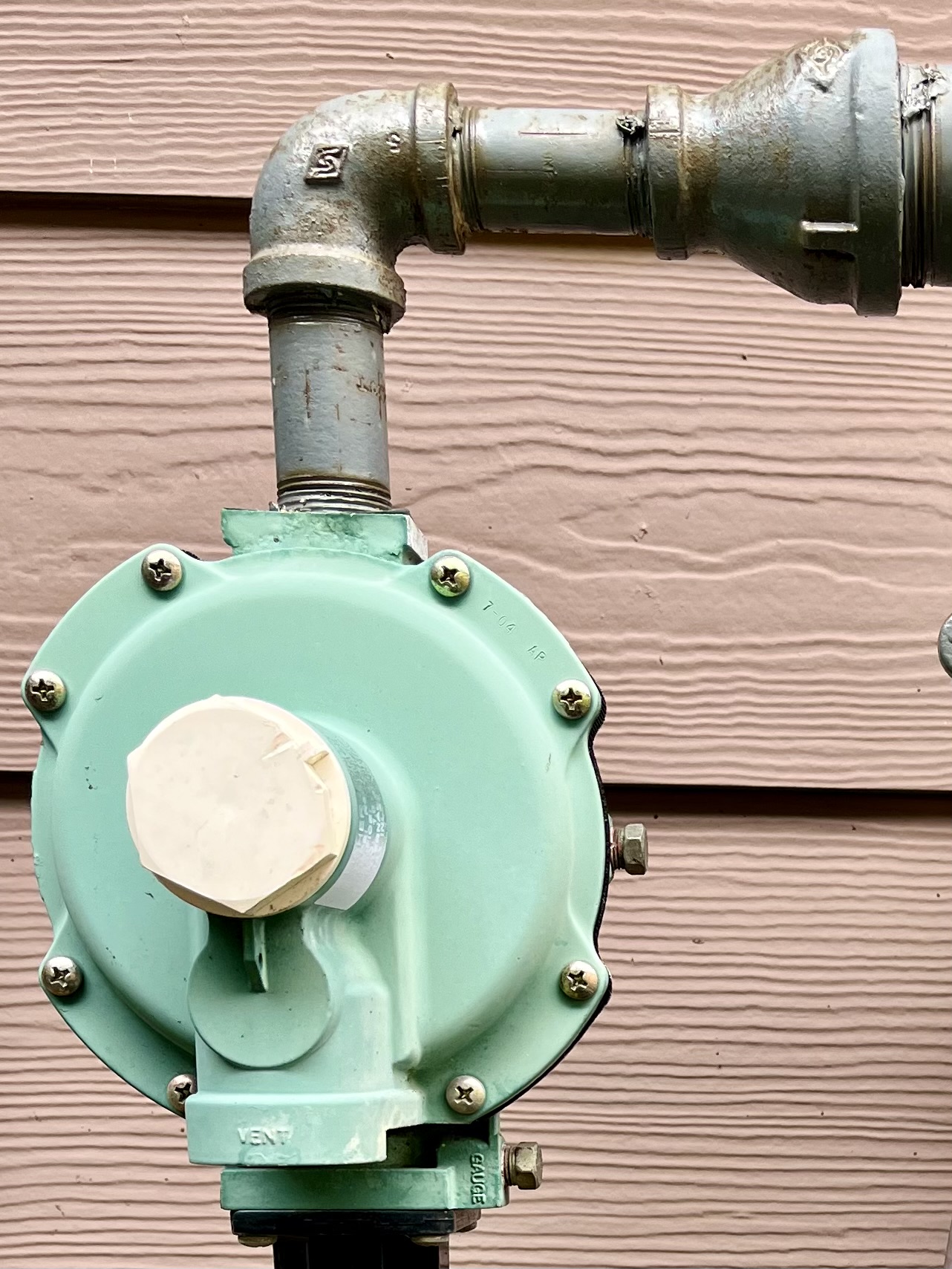On December 7, 2023, the BCUC approved an increase of 8.00% in the gas delivery rate for FortisBC Energy Inc. (FEI) for 2024. However, the real increase in FEI’s costs to deliver gas in 2024 is considerably higher.
Customers pay the delivery rate to cover FEI’s cost of delivering their gas, but the delivery rate does not include the cost of the gas itself (the commodity cost), or the cost of getting the gas to FEI’s distribution network (the storage and transportation cost). The delivery charge is approximately 64 percent of FEI’s total variable price of gas for residential customers, and 54 percent of an average residential customer’s annual bill (see note 1).
If FEI were to recover all its forecast costs for 2024, its delivery rate would rise by 9.87 percent. But if it also included its costs from 2023 that have not yet been collected from ratepayers, the increase would be 16.12 percent, what the BCUC referred to as a “large revenue deficiency.”
Instead, the BCUC accepted FEI’s proposal to limit the increase in its 2024 delivery rate to 8 percent, and leave a balance of $19.708 million in costs in a regulatory deferral account for FEI to collect from ratepayers in future years.
The BCUC did not decide how quickly FEI should collect this balance from ratepayers, but left it up to the utility to propose the timing in its next revenue requirements (rates) application. If the BCUC were to approve a one-year amortization period for the balance, the shortest likely period, FEI calculates that it would have to raise rates by 8.6 percent in 2025, a figure which does not include any other possible cost increases for that year.
The largest single reason for the increase in FEI’s delivery costs in 2024 is the BCUC’s recent cost of capital decision that increased the return FEI can earn by $56.707 million in 2024, equivalent to an increase in its delivery rate of 5.37 percent (see note 2). The increase in FEI’s allowed return is also responsible for the 2023 costs that have not yet been collected from ratepayers.
Rate smoothing such as this is not unusual, and need not be problematic. If there is a one-time increase in a utility’s costs, collecting the increase over a small number of years avoids “rate shock” for customers, and allows them to adjust to the higher rate. The utility is not disadvantaged, as it is compensated for the interest it must pay to fund the uncollected balance.
Rate smoothing can become a problem when a utility’s cost increase turns out not to be a one-time event, but costs continue to rise in future years. The uncollected balance can continue to be “kicked down the road” indefinitely, with ratepayers paying interest on the balance, and never paying the true cost of their energy.
2024 is the final year of FEI’s current multi-year rate plan, an incentive-based scheme whereby the utility’s rate is set using a formula, and FEI and its customers share in any cost efficiencies that FEI achieves. FEI is expected to file an application next year for rates in 2025 and beyond. That proceeding will now also have to decide how to collect the balance of $19.7 million not collected in 2024.
Notes
(1) As of October 1, 2023, FEI’s delivery charge was $5.933 per gigajoule (GJ), compared to its commodity charge of $2.23 / GJ and gas storage and transportation charge of $1.134 / GJ. The delivery charge is therefore, at 64 percent, the largest component of customers’ variable cost for FEI’s gas. FEI’s consumers also pay a fixed “basic charge”, which as of October 1, 2023, was $0.4216 per day.
The average annual gas consumption for a residential customer is 90 GJ, according to the BCUC in November 2023. The average annual variable charge is therefore 90 * ($5.933 + $2.23 + $1.134) = $836.73, and the annual basic charge is 365 * $0.4216 = $153.88, for a total annual cost of $990.61. The delivery rate is therefore 54% (90 * $5.933 / $990.61 * 100%).
(2) The BCUC raised FEI’s deemed “equity thickness” from 38.5 percent to 45 percent and raised its return on that equity from 8.75 percent to 9.65 percent.


